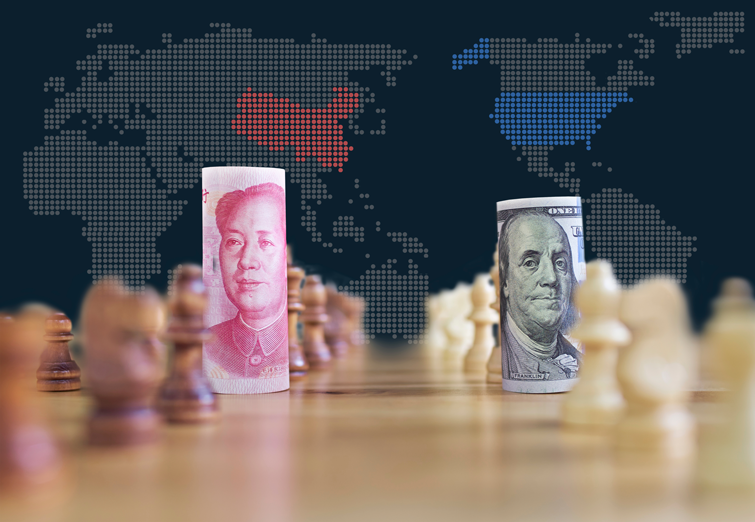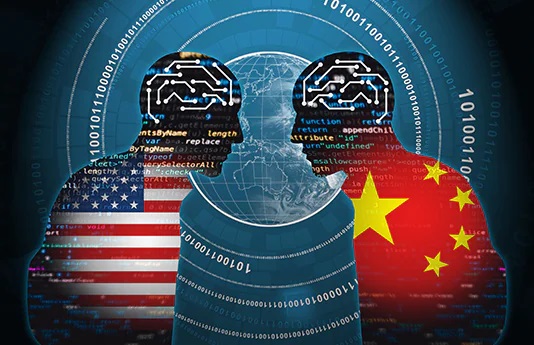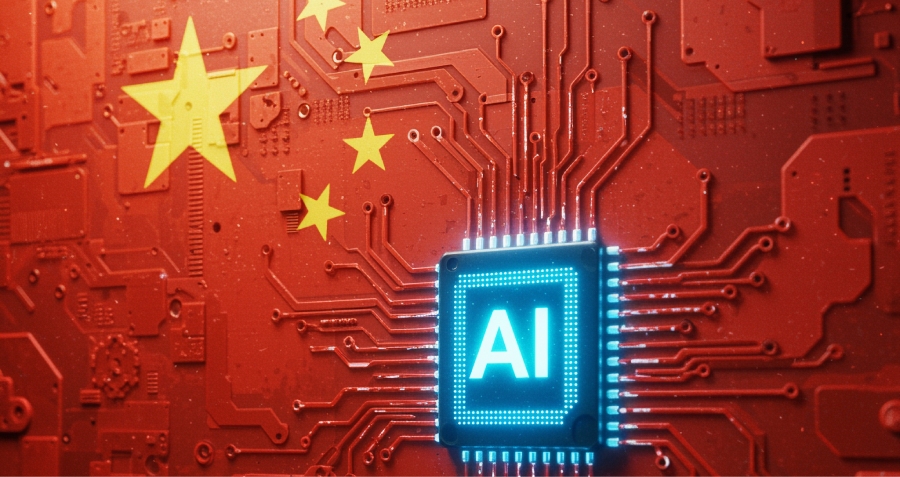Teng Bingsheng, Professor of Strategic Management, Associate Dean for Executive Education Programs
The Covid-19 pandemic and trade conflicts have exacerbated global economic uncertainty. Economic ties between China and the United States are constantly weakening and technological competition has become one of the main themes of bilateral relations. It will be important for China to become technologically self-reliant, while at the same time maintaining effective communication on technology with the outside world.
Background and Current Situation
The balance of power between China and the US is changing, with the gap constantly narrowing. In 2021, China’s total GDP exceeded USD$ 17 trillion, accounting for approximately 80% of the US economy. Over the last decade, China has contributed an average of one-third of global economic growth annually.
Meanwhile, US-centered globalization is losing its driving force. The deterioration of its manufacturing sector, with producers opting for lower-cost facilities overseas, has had negative effects. To turn the scales the US launched the Advanced Manufacturing Partnership, placing the real economy and manufacturing sector once again at the center of global economic competition.
In recent years the West has become increasingly concerned about its dependence on China’s supply chains. The Covid-19 pandemic has severely disrupted the flow of people, goods and capital, which has created two opposing effects: on the one hand, global production has become more concentrated in China in the short-term, since at the height of the pandemic, only China could maintain production on a large-scale; on the other hand, despite being less cost effective, the pandemic has led to a rise of intra-regional production, moving some production out of China. In the long run, the pandemic will further accelerate anti-globalization since Western countries are determined to establish a new regional trade system.
The economic development models of China and the US are very different. Scientific and technological strength is the pillar of the US’ global competitiveness. Multinational enterprises set up supply chains around the world while at the same time controlling the most advanced technology. Although the US has been a global technology leader, its hegemony is being challenged in many areas such as artificial intelligence.
On the other hand, China’s model is to build large manufacturing capacity with a fine division of labor in the industrial chain, thus achieving economies of scale. Core tech has always been a shortcoming of China’s economy, therefore ensuring the independence of the industrial chain has become an urgent issue for Chinese enterprises.

Future Trends
Competition for advanced technology between China and the US is in full swing: China’s advantages lie in its strong manufacturing capabilities, while Western countries rely on technological expertise and the alliances they have formed. Here are several judgments on where we think competition is heading:
1. China-US economic ties will weaken
The US is currently implementing its policy of decoupling from China. Isolation has become a key theme in areas such as finance, energy, and technology. Some established industrial chains are also being gradually reshaped which is a huge cost to the US.
According to Accenture’s estimate, decoupling in information technology alone could cost the US 48% of its market share and 30% of its global revenues. US companies, whose interests are not aligned with those of the US government, have huge interests in China and still do business with most Chinese companies. For example, Tesla decided to build a second factory in Shanghai despite the US government’s call for a “return of advanced manufacturing”.
2. The World’s Factory is Unsustainable
The scramble for manufacturing capacity has exacerbated mistrust in the division of labor in the global industrial chain, undermining the basis of the division of labor and global trade. The rise of populism in various countries, coupled with the ongoing pandemic, has caused an unprecedented plunge in international trade, cross-border investment, population movement, and air cargo. Moreover, there is a rising trend of developed countries forming more localized and decentralized supply chains to reduce risk.
It is unlikely that China will continue to play the role of the world’s factory. In the area of low-end manufacturing, China’s labor cost advantage has disappeared, and the transfer of clothing, footwear and other industries to Southeast Asian countries is inevitable. These countries will implement large-scale, low value-added and labor-intensive manufacturing.
Meanwhile, China has proposed a “dual circulation” strategy to tap into its domestic potential. After all, China is already the world’s largest single market in many industries, including cell phones and automobiles.
3. The Counteracting Forces of Decoupling
Currently, the US government’s intention to promote technological decoupling between China and the US is clear. In particular, the US is cracking down on Chinese companies in key areas such as information technology and communication and AI.
Represented by the “Industries of the Future Act of 2020”, the US plans to promote Federal investment in advanced manufacturing, quantum information science, AI, biosecurity, next-generation communication networks, etc., with the aim to maintain its position as a global leader in those areas.
Meanwhile, the proposals mentioned above also feature in China’s 14th Five-Year Plan for economic development. China has the most comprehensive industrial base in various categories. Although China has some shortcomings in high-tech, it has already shown its ability in cutting-edge research. US sanctions on Chinese companies will force companies from other countries to choose sides in the short term. However, in the medium and long term, Chinese companies will have the opportunity to break through.
As the basic technology of the Internet, operating systems such as Android and Windows, etc., are public goods provided by American companies to the world. Placing sanctions on technology will only undermine global cooperation on technological advancement. It will also force Chinese companies to strengthen their own innovation capacity.
China does not want to decouple from the US, but if it is forced to strengthen its own innovation capacity China will gradually lose its dependence on US technology, resulting in further decoupling.




















